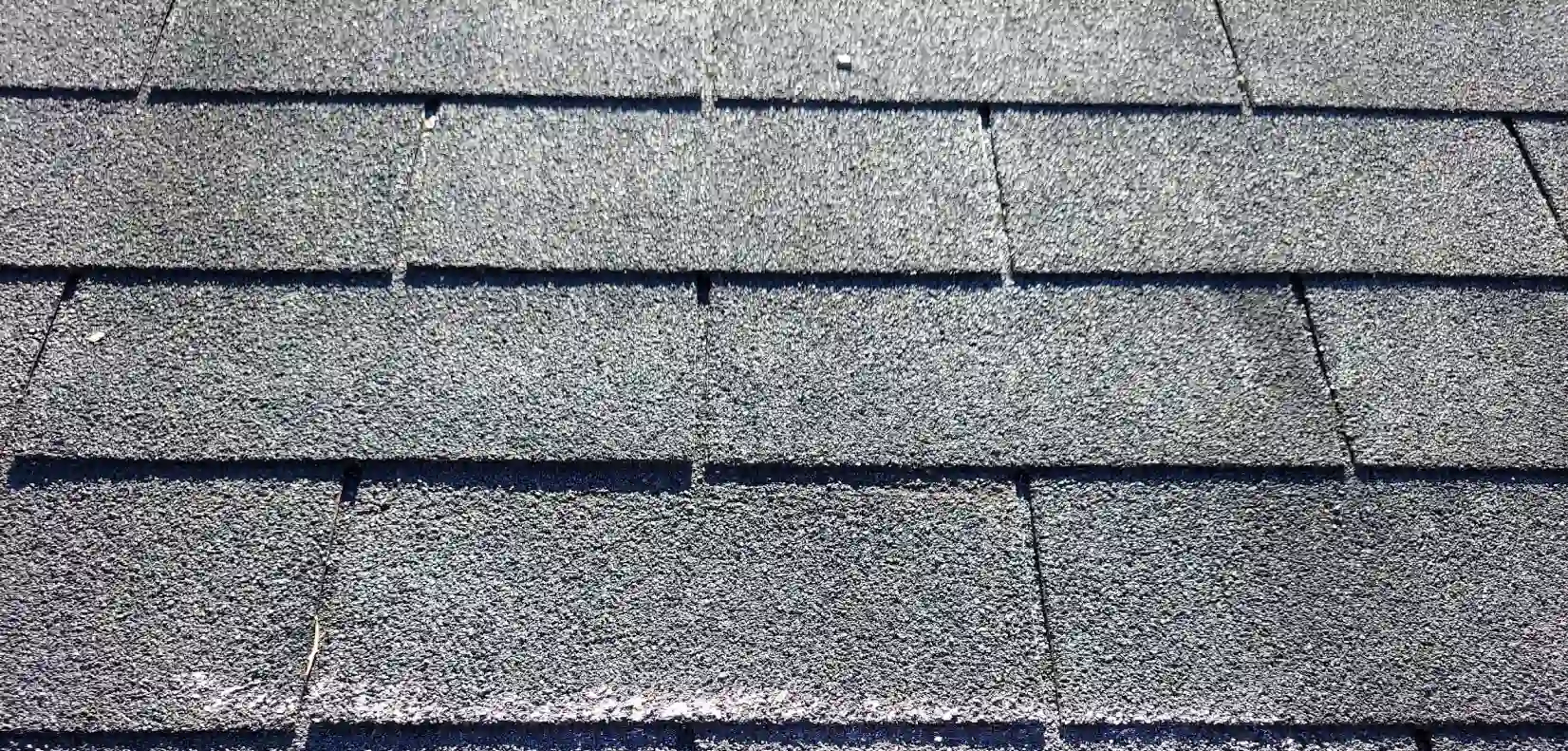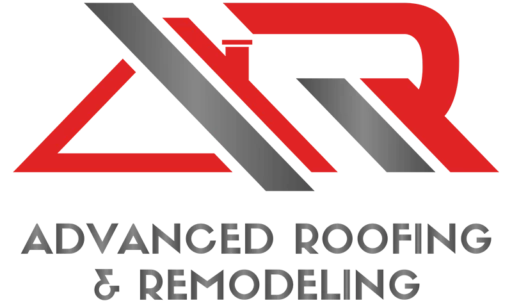Fiberglass Shingles: Pros And Cons
Shingle roofs are affordable and easy to install, plus shingles come in different colors and styles that can easily match a home and deliver a unified architectural look. No wonder, then, that most homes around the United States and Georgia are covered by shingle roofs. What about fiberglass shingles, though?
Fiberglass shingles are a popular choice among homeowners because they are durable, practical, and affordable. They are a type of asphalt shingle, but with a fiberglass mat at their core instead of an organic felt mat. Although organic asphalt shingles look natural and are environmentally friendly, fiberglass ones are sturdier in wet and humid environments like the ones we often experience in Atlanta and Georgia.
This article examines the pros and cons of fiberglass shingles to help you decide whether they are the right roofing material for your home. But first, let’s start with the difference between organic shingles and fiberglass shingles.
Organic vs Fiberglass Shingles
| Feature | Organic Shingles | Fiberglass Shingles |
|---|---|---|
| Composition | Cellulose base, asphalt, ceramic granules | Fiberglass base, asphalt, mineral granules |
| Durability | Shorter lifespan (20-25 years), more absorbent | Longer lifespan (25-30 years), less absorbent |
| Fire Resistance | Class C (lower) | Class A (higher) |
| Cost | Often more expensive | Generally less expensive |
| Maintenance | More frequent maintenance needed | Requires less maintenance |
| Weight | Heavier, adds structural load | Lighter, reduces structural load |
| Pros | Natural look, environmentally friendly | Durable, fire-resistant, lightweight, cost-effective |
| Cons | Prone to warping, moisture damage | Susceptible to algae, cracking in extreme cold |
Traditional asphalt shingles are widely used in residential roofing because they are cost-effective and durable. Both organic shingles and fiberglass shingles fall under this category. However, they differ in their composition, performance, and environmental impact.
Here’s how these types of shingles compare with each other.

Composition
Organic Shingles
Organic asphalt shingles contain a base mat made from cellulose fibers that comes from recycled paper or wood fibers. This mat is first saturated with asphalt to make it waterproof, then it’s coated with a layer of ceramic granules for added protection and resistance to UV rays.
Fiberglass Shingles
Fiberglass roof shingles have a base mat made from woven fiberglass. This mat is coated with asphalt and topped with mineral granules for added protection and a better look. The fiberglass base makes these shingles lighter and less absorbent than organic shingles.
Performance and Durability
Organic Shingles
Organic shingles are thicker and heavier because of their cellulose base, which can make them more resistant to tearing and better suited for cold climates.
Organic shingles are also more absorbent and can be prone to warping and moisture damage over time. They generally have a shorter lifespan compared to fiberglass shingles, typically lasting between 20 to 25 years.
Fiberglass Shingles
Fiberglass shingles are less heavy and more resistant to heat and moisture, which makes them more durable in extreme weather conditions. They have a longer lifespan, between 25 and 30 years, or even more with proper maintenance. Their lighter weight also reduces the stress on the roofing structure and could extend the overall life of the roof.
Fire Resistance
Organic Shingles
While you may expect that organic and fiberglass shingles will have a similar fire resistance rating, organic shingles have in fact a much lower one. They generally have a Class C fire rating, which means organic asphalt shingles can provide a basic level of fire resistance but are not suitable for areas with a high risk of wildfires.
Fiberglass Shingles
Fiberglass shingles have a higher fire resistance rating, as they achieve a Class A fire rating — the highest available. This makes them a better choice for areas where fire safety is a significant concern.
Cost
Organic Shingles
Organic shingles are often more expensive to manufacture and transport due to their heavier weight. However, they may be more affordable in regions where materials and production facilities are readily available.
Fiberglass Shingles
Fiberglass shingles are generally less expensive than organic shingles due to their lighter weight and lower manufacturing costs. This makes them a popular choice for many homeowners.
Maintenance
Organic Shingles
Due to their absorbent nature, organic shingles may require more frequent maintenance to prevent issues such as warping, mold, and mildew. They are also more susceptible to water damage from weather conditions like heavy rain and snow.
Fiberglass Shingles
Fiberglass shingles require less maintenance overall. They are more resistant to moisture and temperature fluctuations, which reduces the risk of warping and other weather-related damage. Regular inspections and minor repairs can keep them in good shape.
Weight
Organic Shingles
Organic shingles are heavier, which can add to the structural load on the roof. The additional weight may require a stronger roofing structure to support it, which could increase the overall cost of the roofing system.
Fiberglass Shingles
Fiberglass shingles are lighter, which reduces the load on the new roof structure. This can be helpful for older buildings or those with weaker roofing systems, as it minimizes the risk of structural damage over time.
Benefits of Fiberglass Shingles
Next, we’ll examine fiberglass shingles in detail to get a clear picture of their pros and cons, how they perform, and whether they fit your expectations and needs. Let’s start with a list of their main benefits.
Durability
Among the chief benefits of fiberglass shingles are their strength and durability. They can withstand harsh weather conditions, including heavy rain, high winds, and snow. The fiberglass core provides additional strength, making them less likely to crack or warp over time.
Fire Resistance
Another main advantage of fiberglass shingles is their fire resistance. As mentioned above, they have a Class A fire rating, which is the highest rating available. This makes them an excellent choice for areas prone to wildfires or for homeowners who prioritize fire safety.
Lightweight
Compared to other roofing products like tile or slate, a fiberglass asphalt roof is relatively lightweight. Not only does this make it easy to install, but its light weight also puts less stress on the structural integrity of the roof.
Cost-Effective
Fiberglass shingles are easier to transport and haul up on the roof. They also don’t require extra work on the roof to support their weight. This ease of installation makes them generally more affordable than other roofing options.
Fiberglass shingles thus offer a good balance between cost and performance and provide homeowners with a durable and long-lasting shingle roof without breaking the bank.
Many Styles and Colors
Fiberglass shingles come in a wide range of styles, colors, and textures. This helps homeowners choose an option that matches their home’s style and personal preferences.
Energy Efficient Solution
Some fiberglass shingles are designed with reflective granules that help reduce heat absorption. This can lower cooling costs during the summer months by keeping the home cooler and reduces the need for air conditioning.
Low Maintenance
Fiberglass shingles require minimal maintenance compared to other roofing materials. Regular inspections and a minor roof repair now and then are typically enough to keep them in good condition.
Drawbacks of Fiberglass Shingles
Shorter Lifespan Compared to Premium Materials
While fiberglass shingles are durable, they have a shorter lifespan compared to premium roofing materials like metal, tile, or slate. Most fiberglass asphalt shingles can last between 20 to 30 years, whereas other roofing materials can last longer than 50 years.
Susceptibility to Algae and Moss Growth
In humid and shaded environments, fiberglass shingles can be prone to algae and moss growth. This can affect the appearance of the roof and lead to damage over time if not remedied. Thankfully, some manufacturers offer algae-resistant shingles to mitigate this issue.
Potential for Cracking in Extreme Cold
In extremely low temperatures, fiberglass shingles can become brittle in cold and may crack under the stress of freezing temperatures. Such extreme weather conditions often lead to more frequent repairs or even premature roof replacement in areas with harsh winters.
Quality Variation
The quality of fiberglass shingles can vary significantly between manufacturers. Choose a reputable brand and a reputable contractor so that the shingles meet industry standards. Don’t be lured by lower-quality shingles to save money upfront: you will pay more down the line in repairs and replacements.
Choose Advanced Roofing and Remodeling for Your Fiberglass Shingles in the Atlanta Metro Area
Fiberglass shingle roofs are affordable, durable, and practical, making them the most popular roofing material in the United States. Many homeowners across the Atlanta area have chosen fiberglass shingle type for their roofs.
If you want a roofing material that won’t break the bank and still will look great for many years to come, then fiberglass shingles look as the best choice for your new roof project.
Interested in organic and fiberglass roofs? With years of experience in asphalt shingle roofs, our roofing company knows how organic asphalt vs fiberglass asphalt shingles behave in each building, so let us help you make the best choice to protect your home.
Choose us for all your roofing needs and enjoy the peace of mind that comes with durable, beautiful architectural shingles that will stand the test of time!











